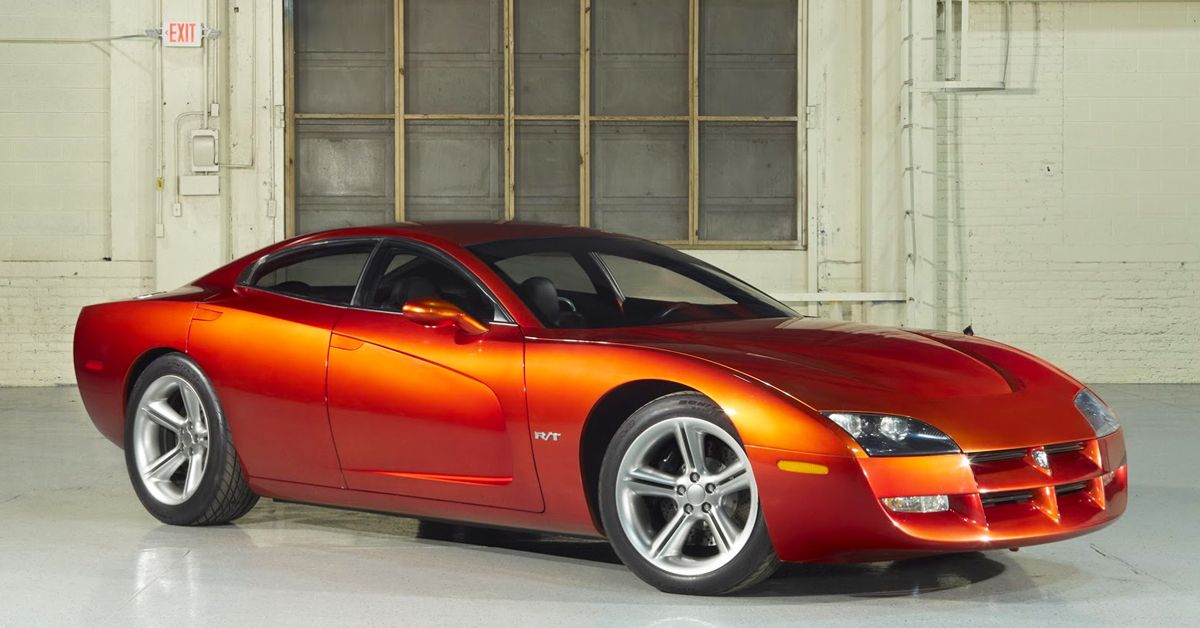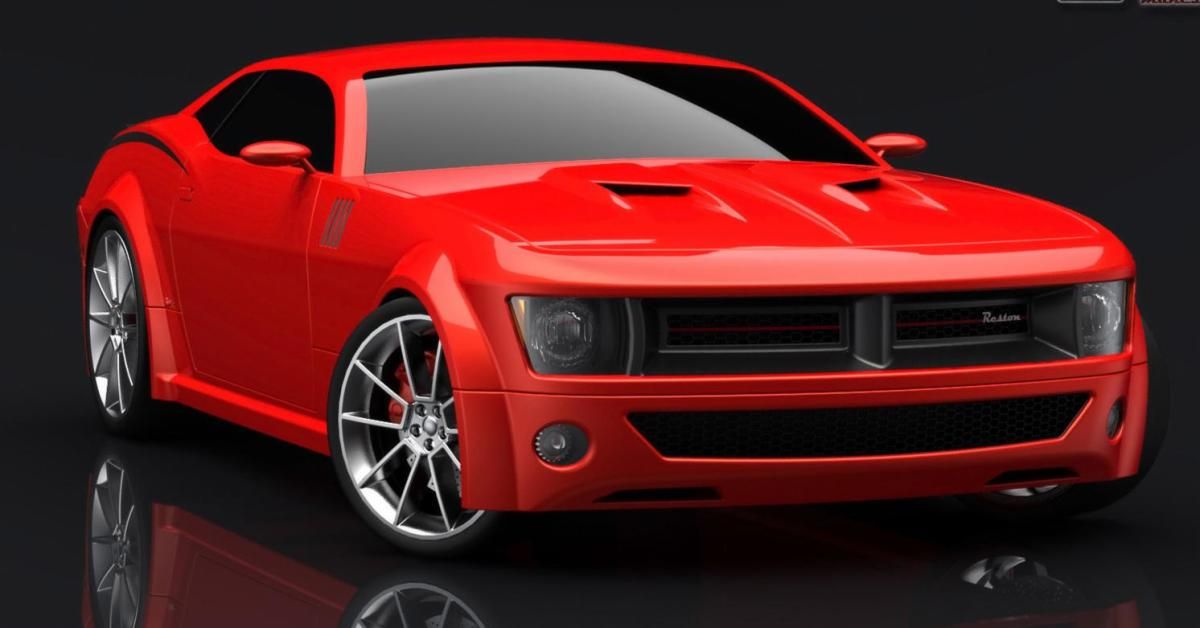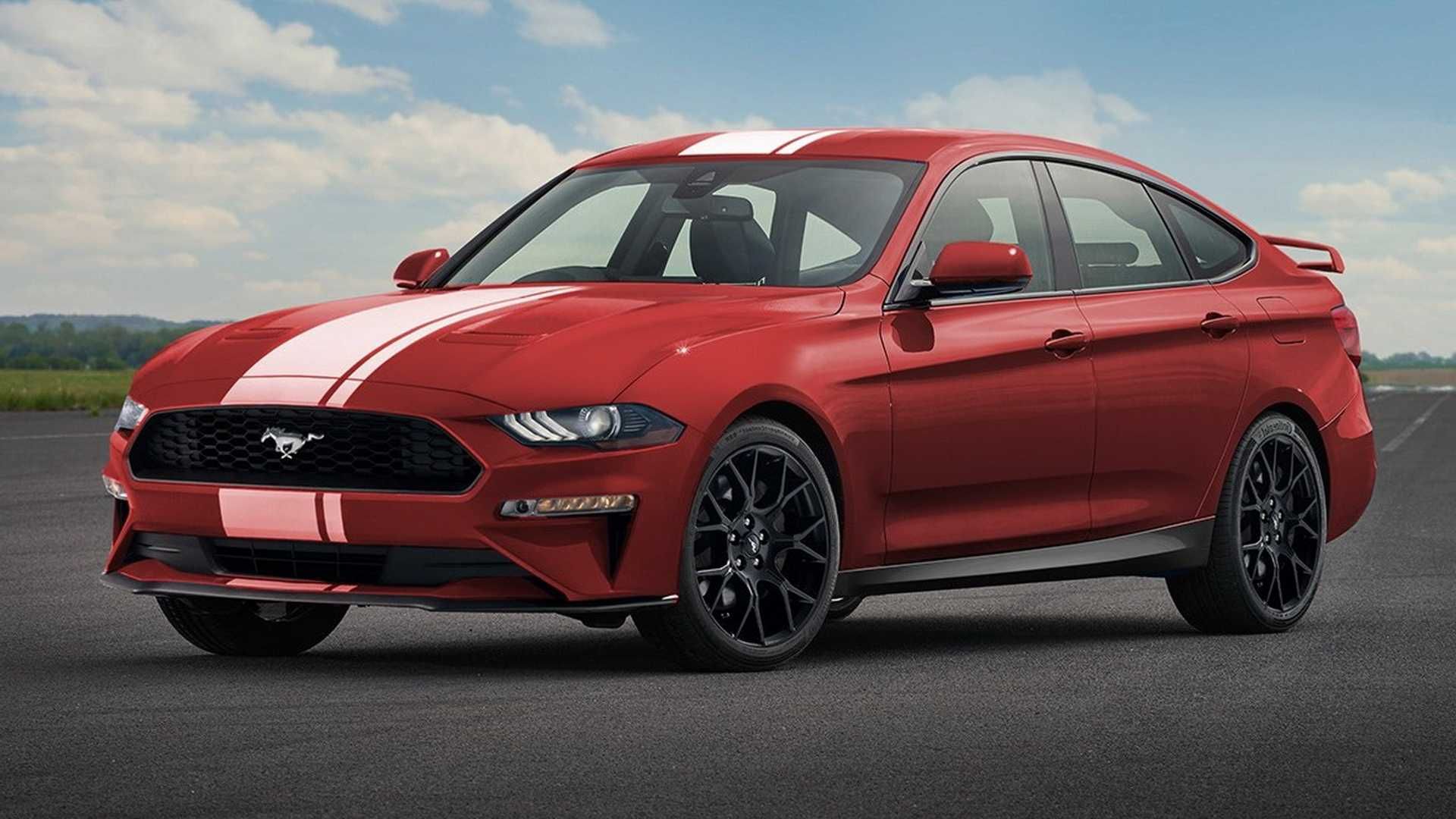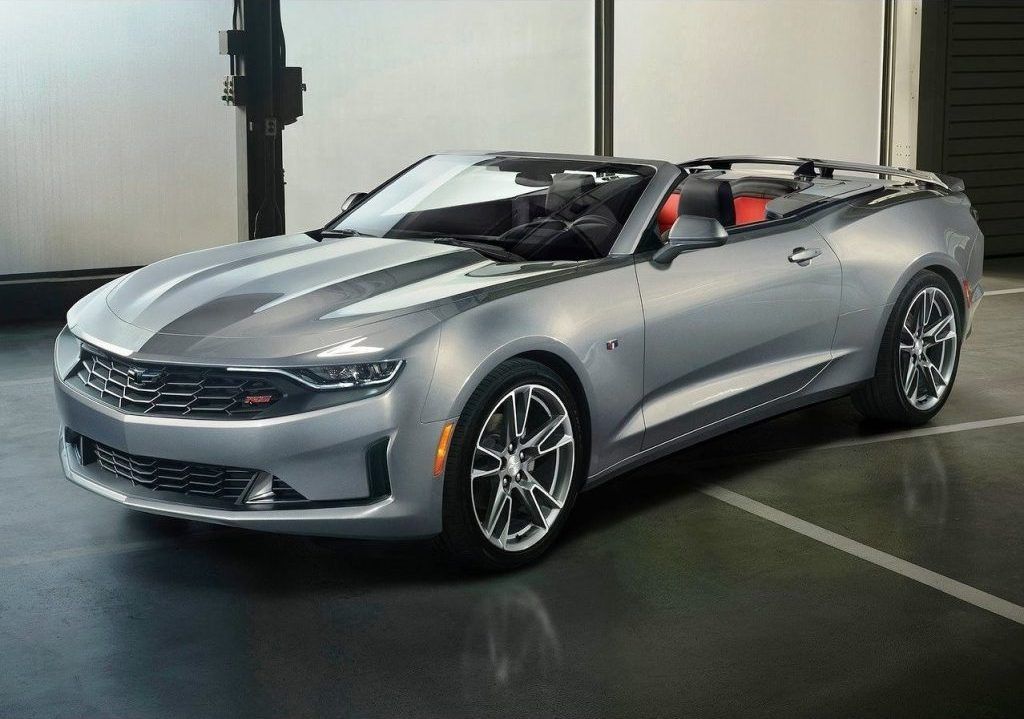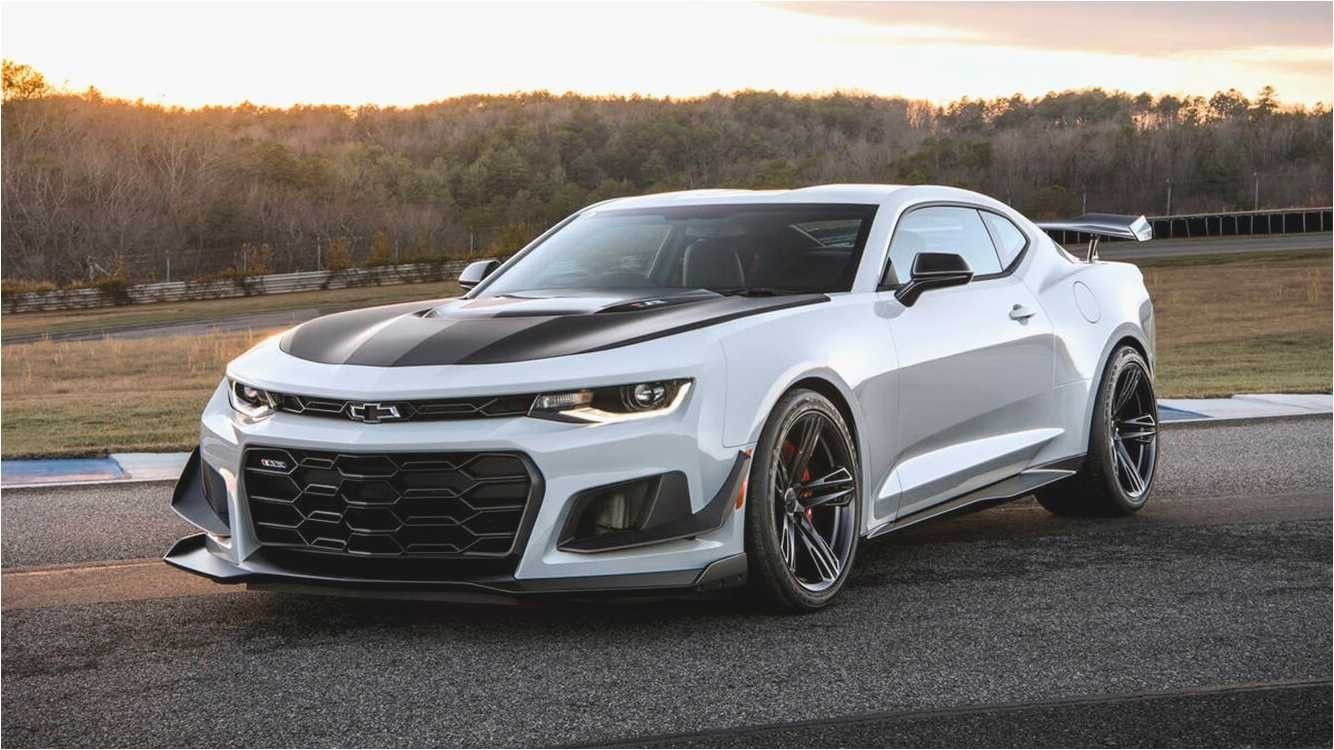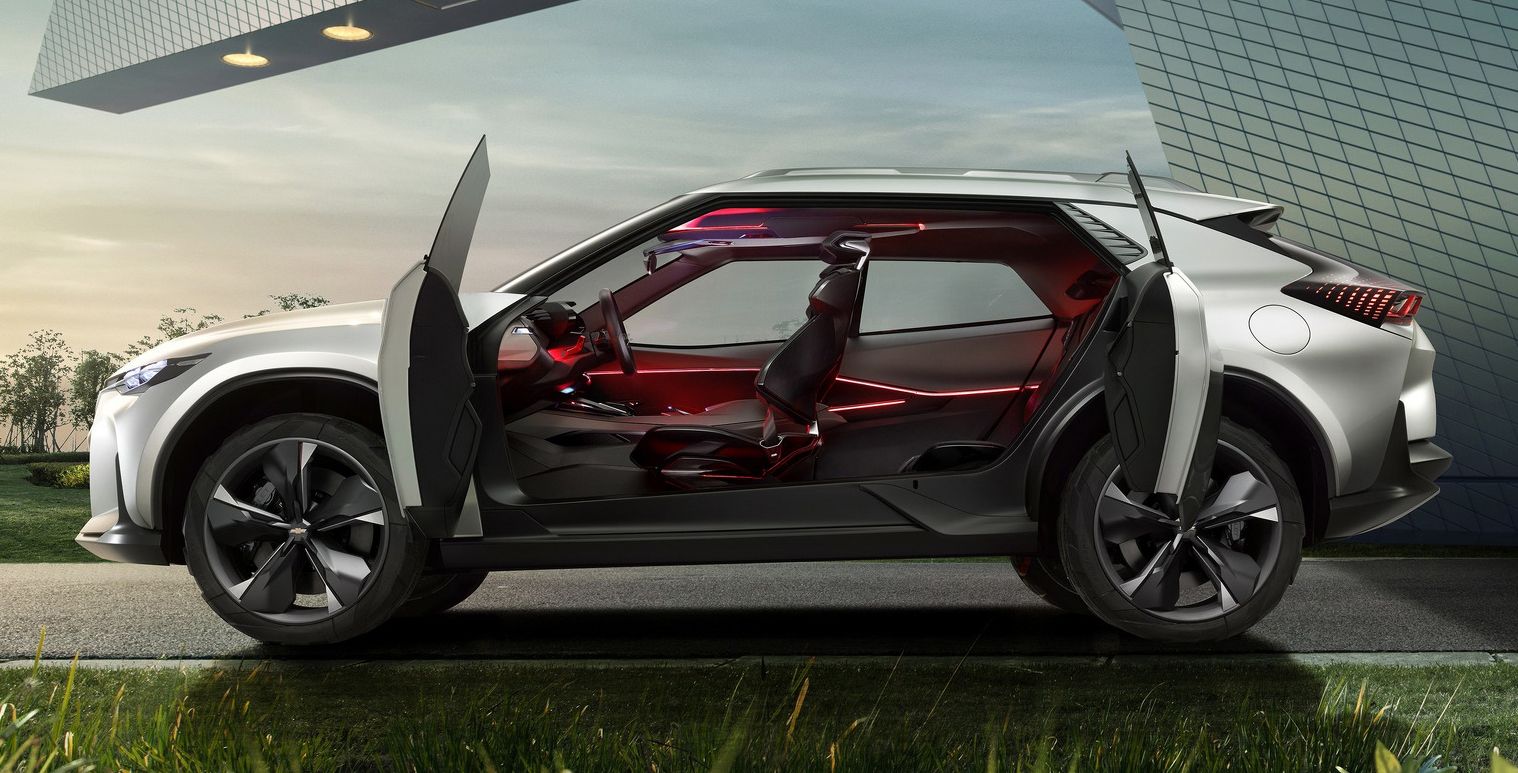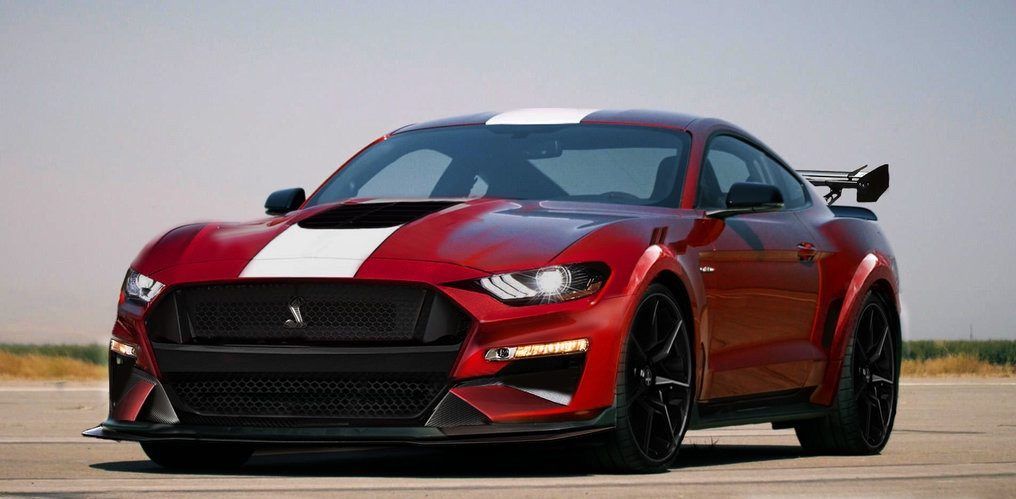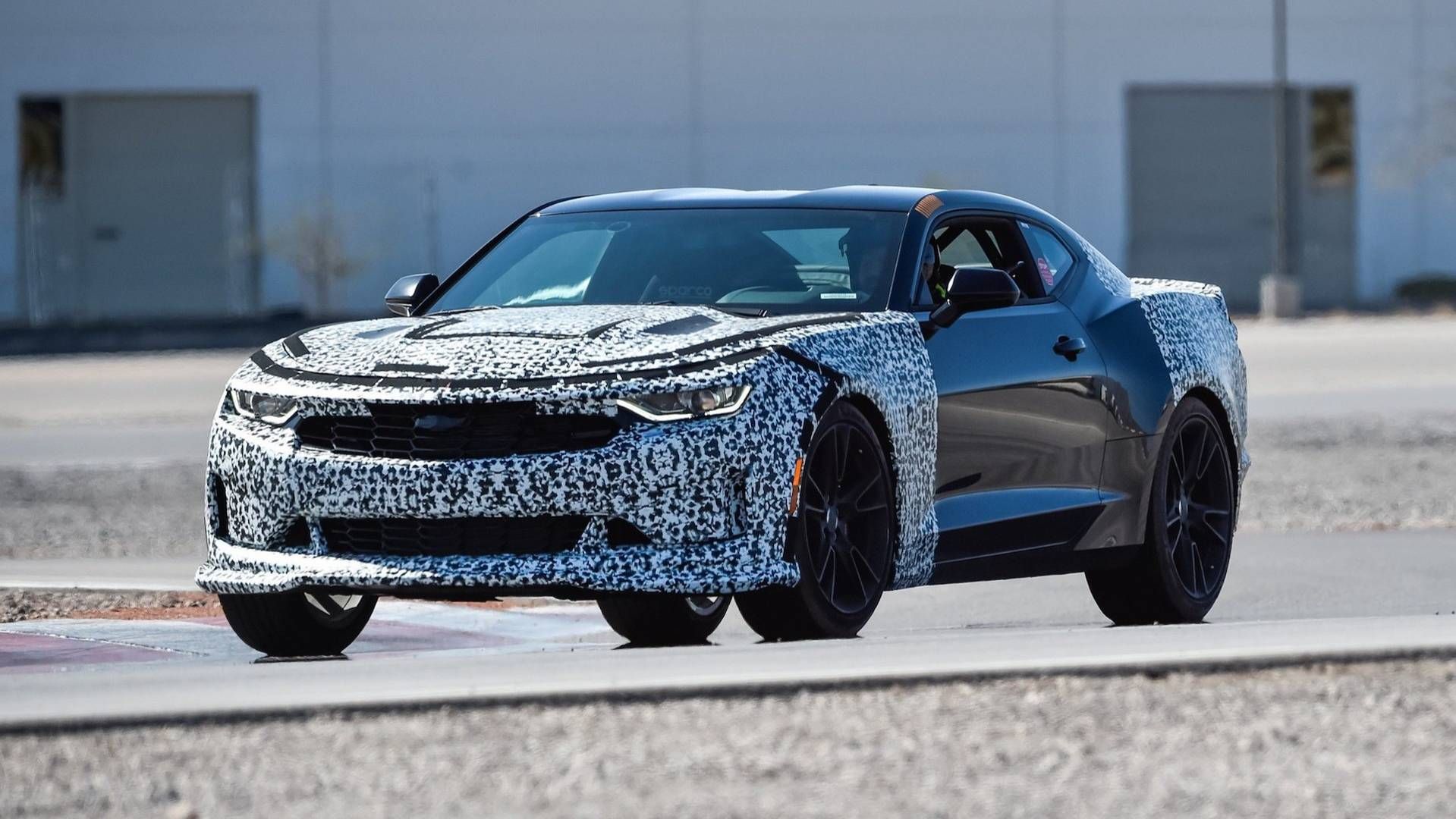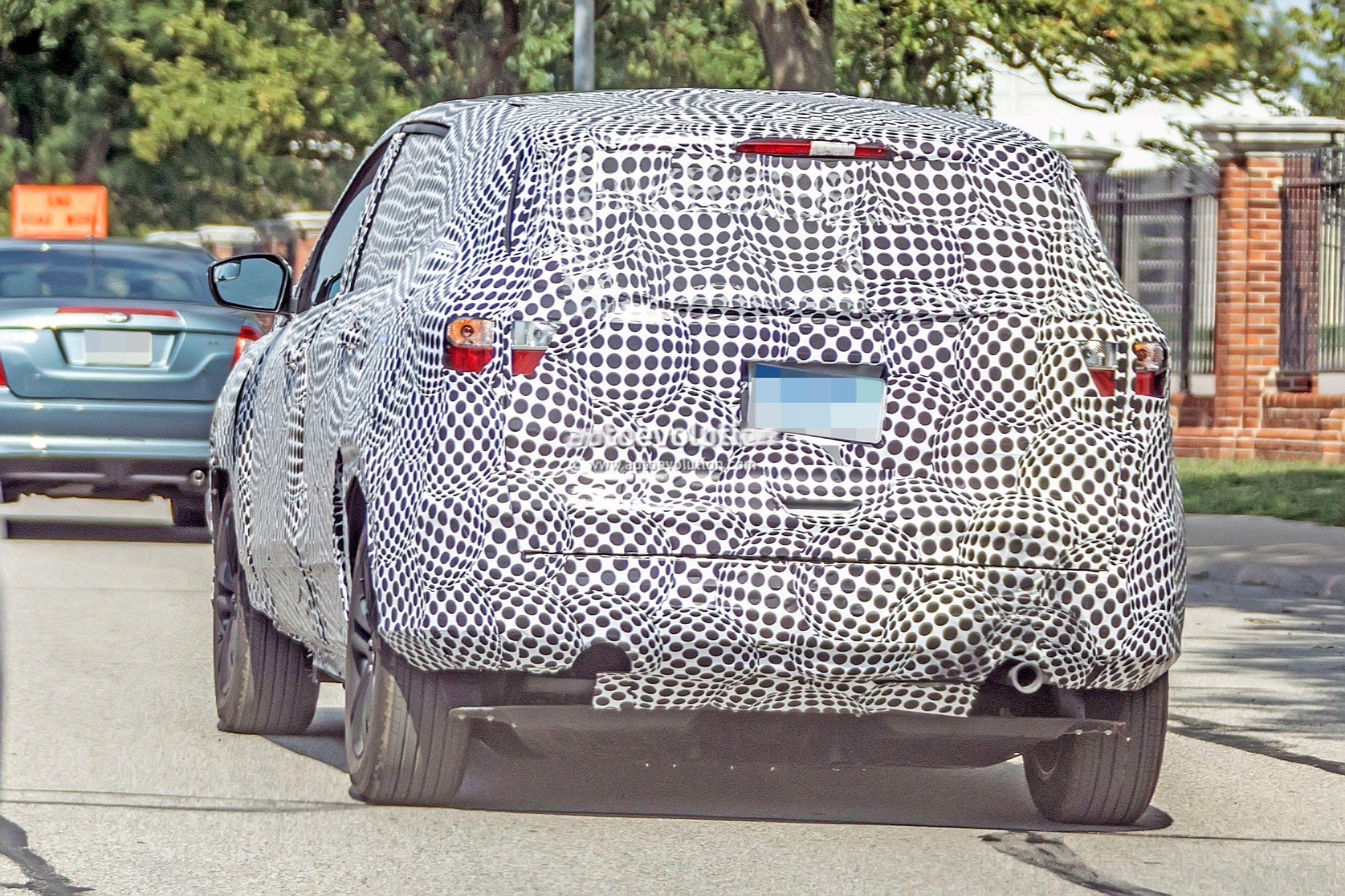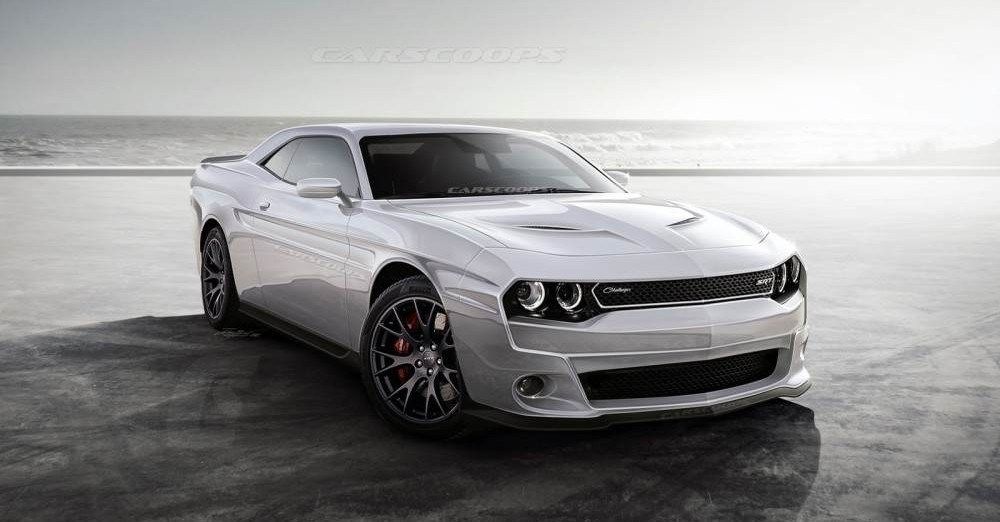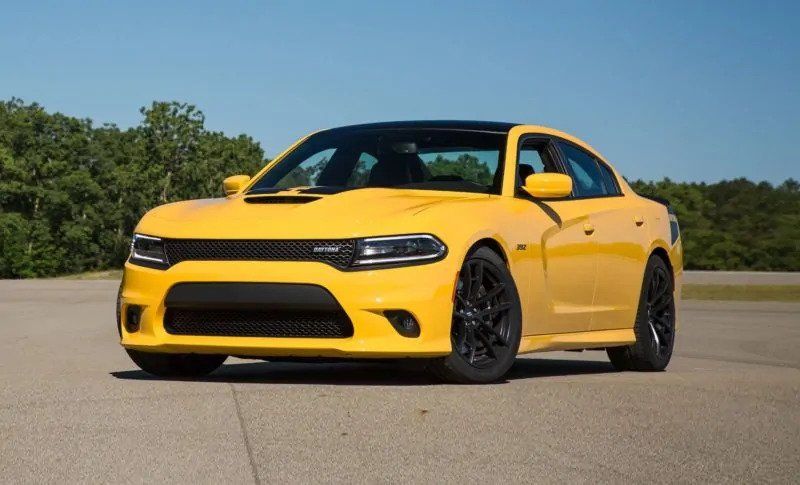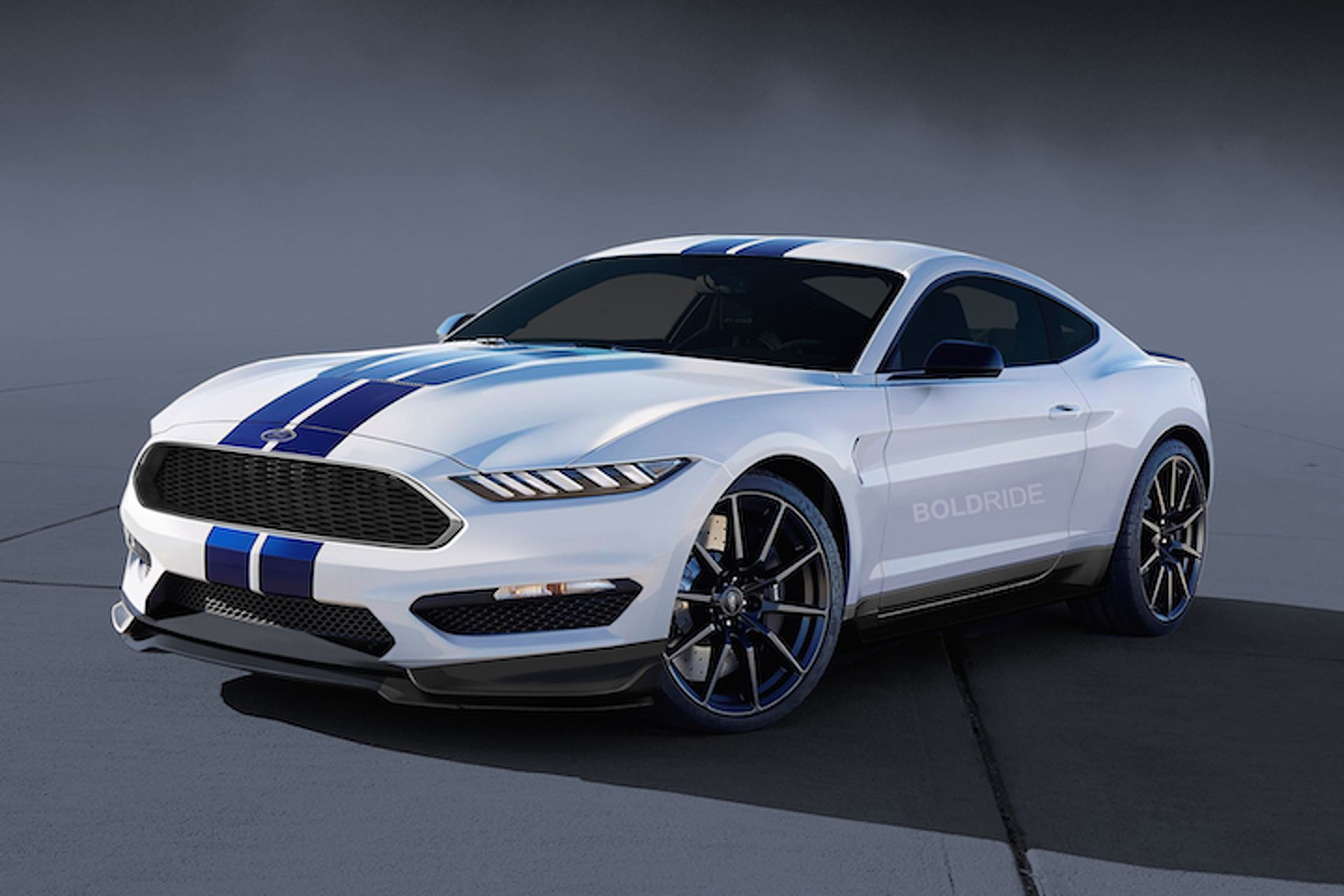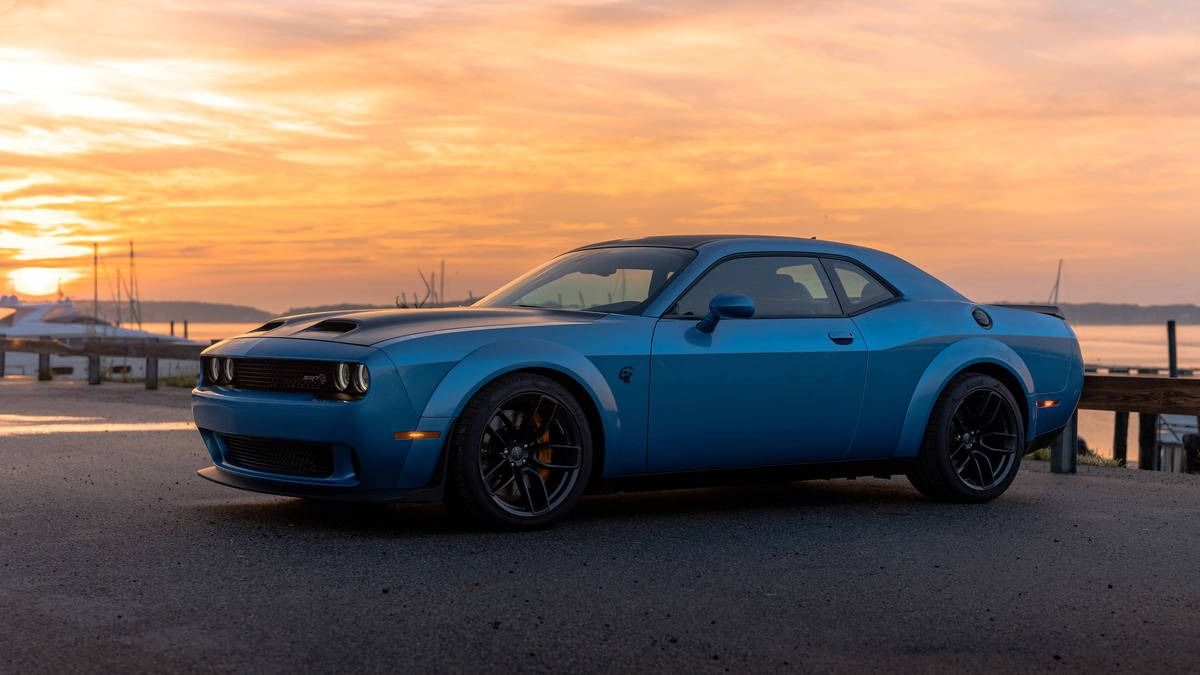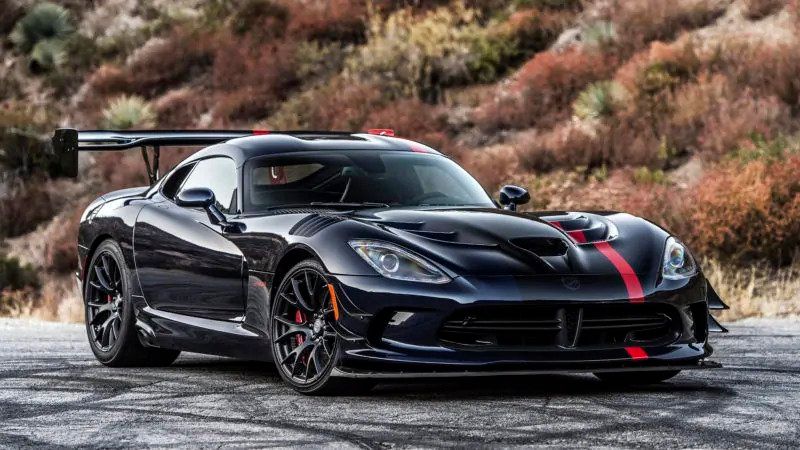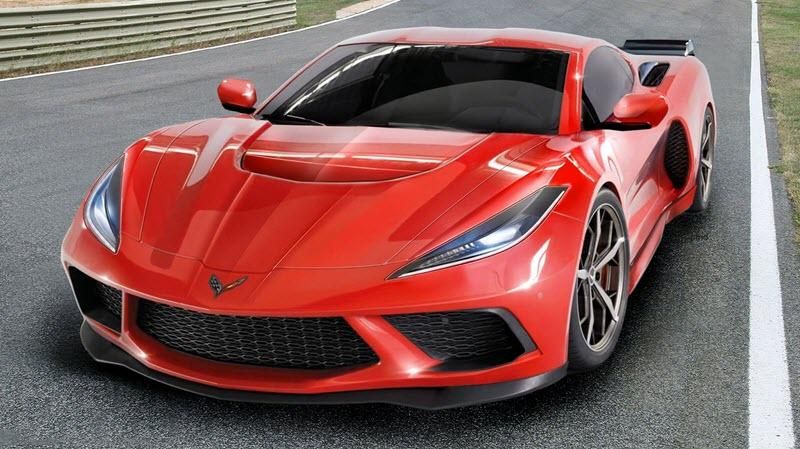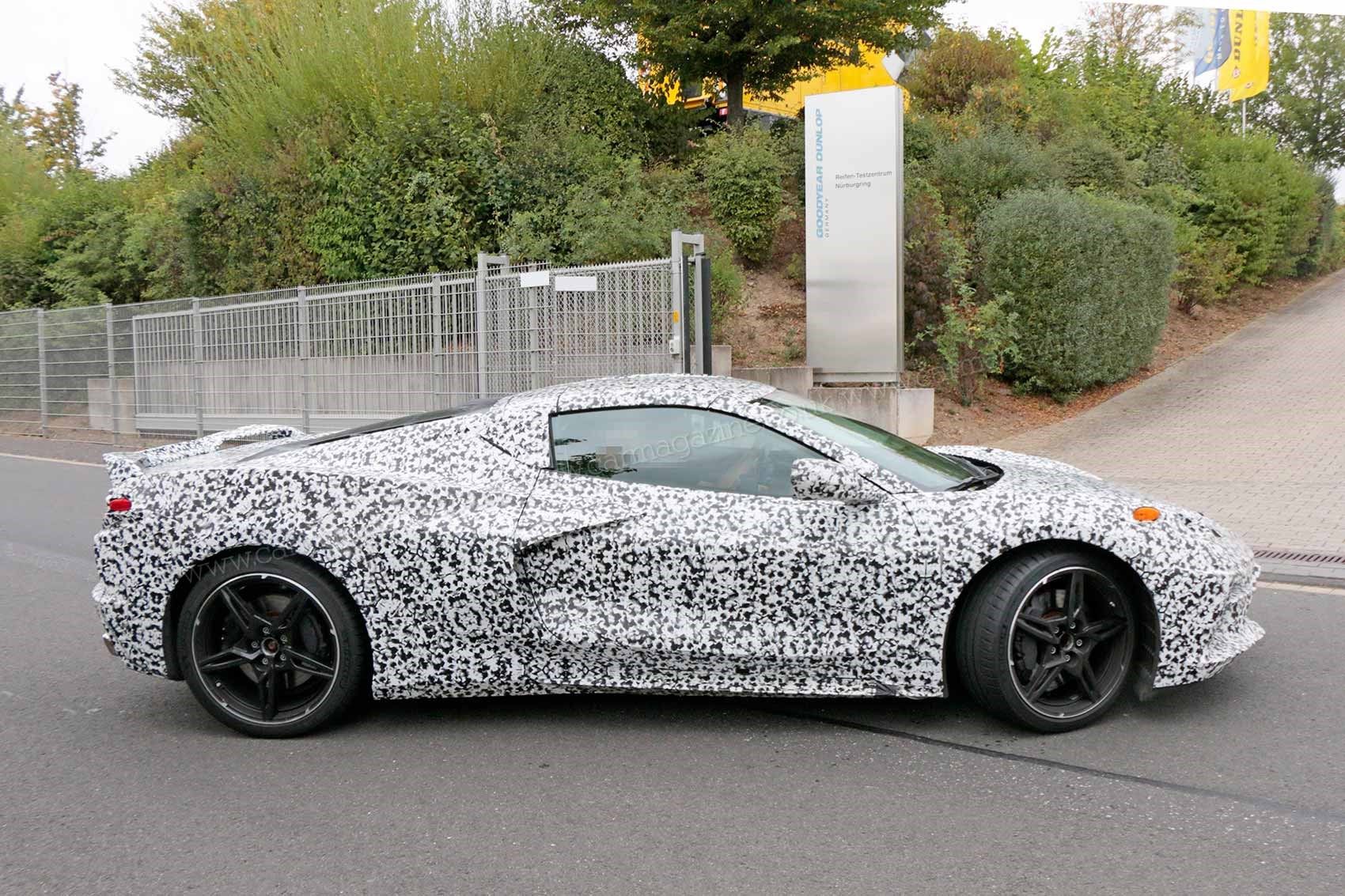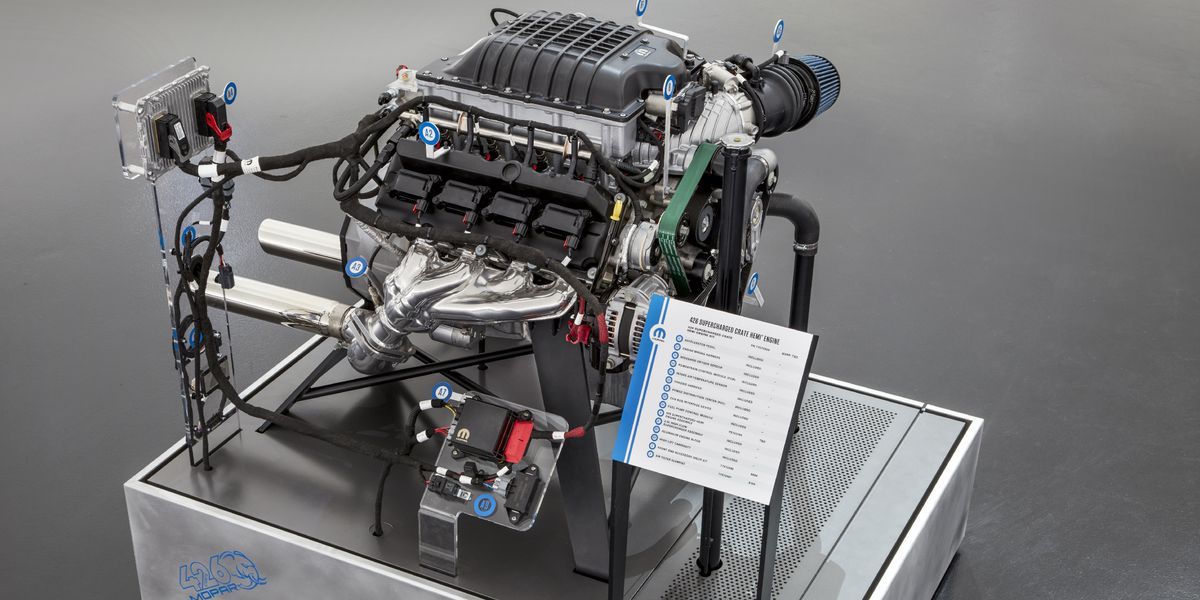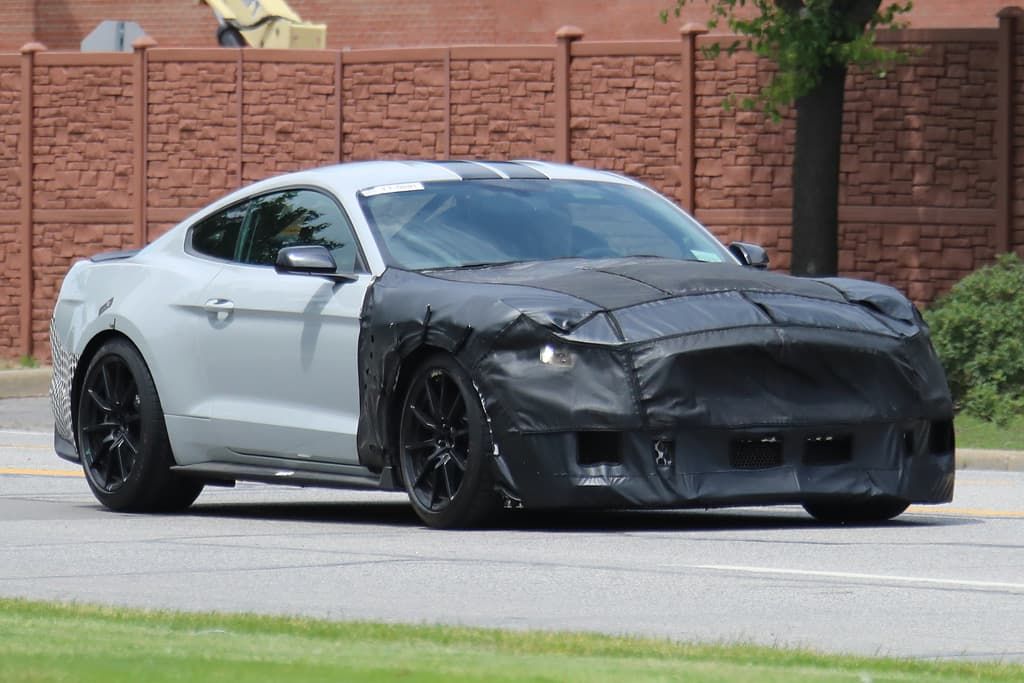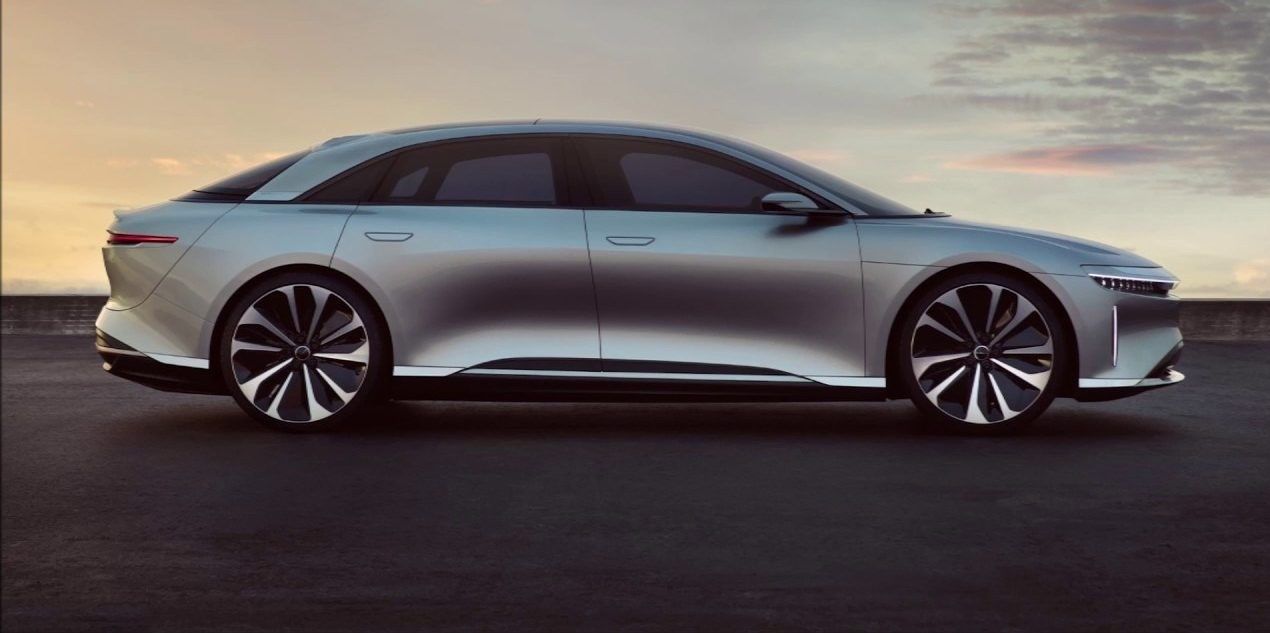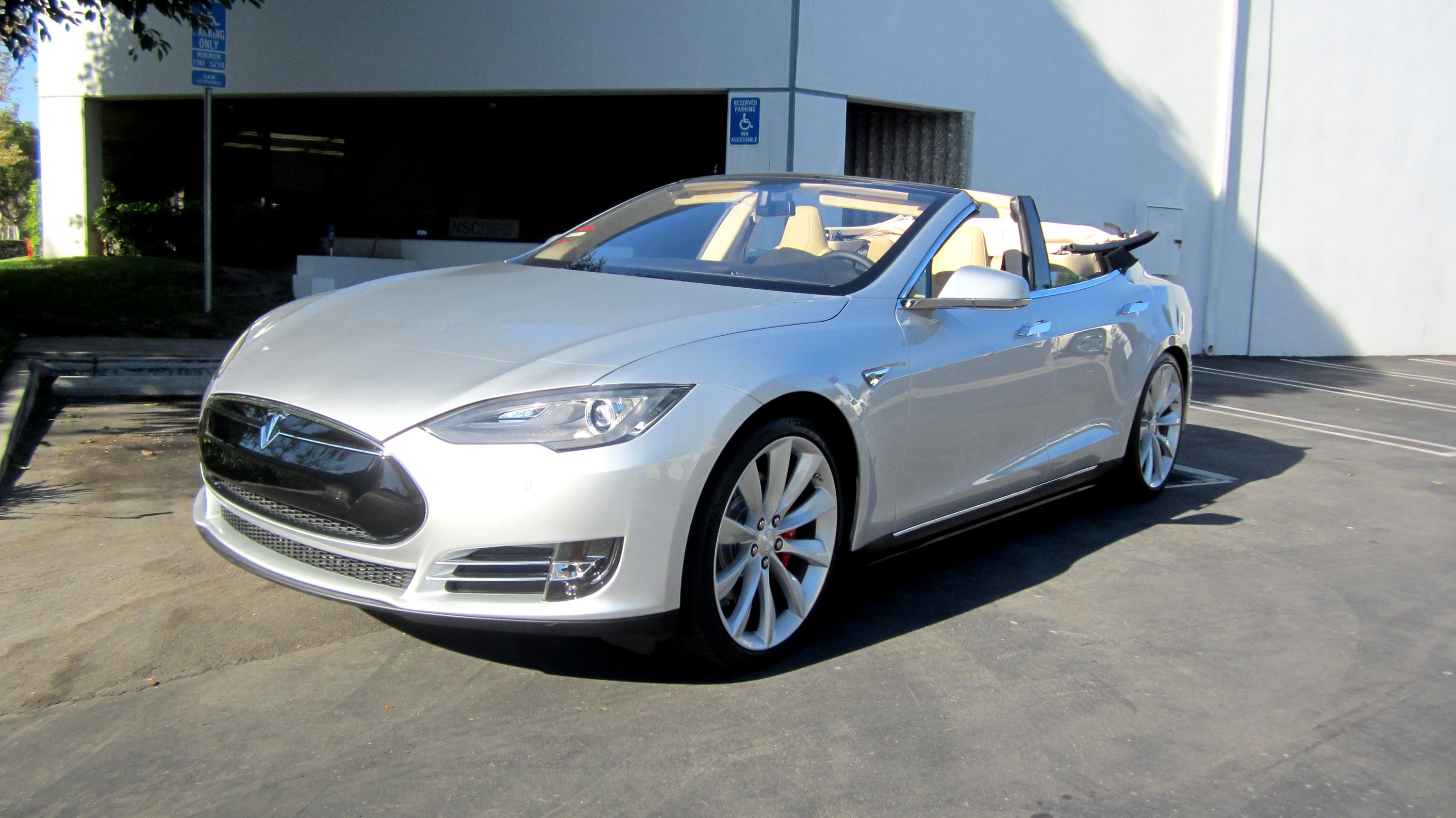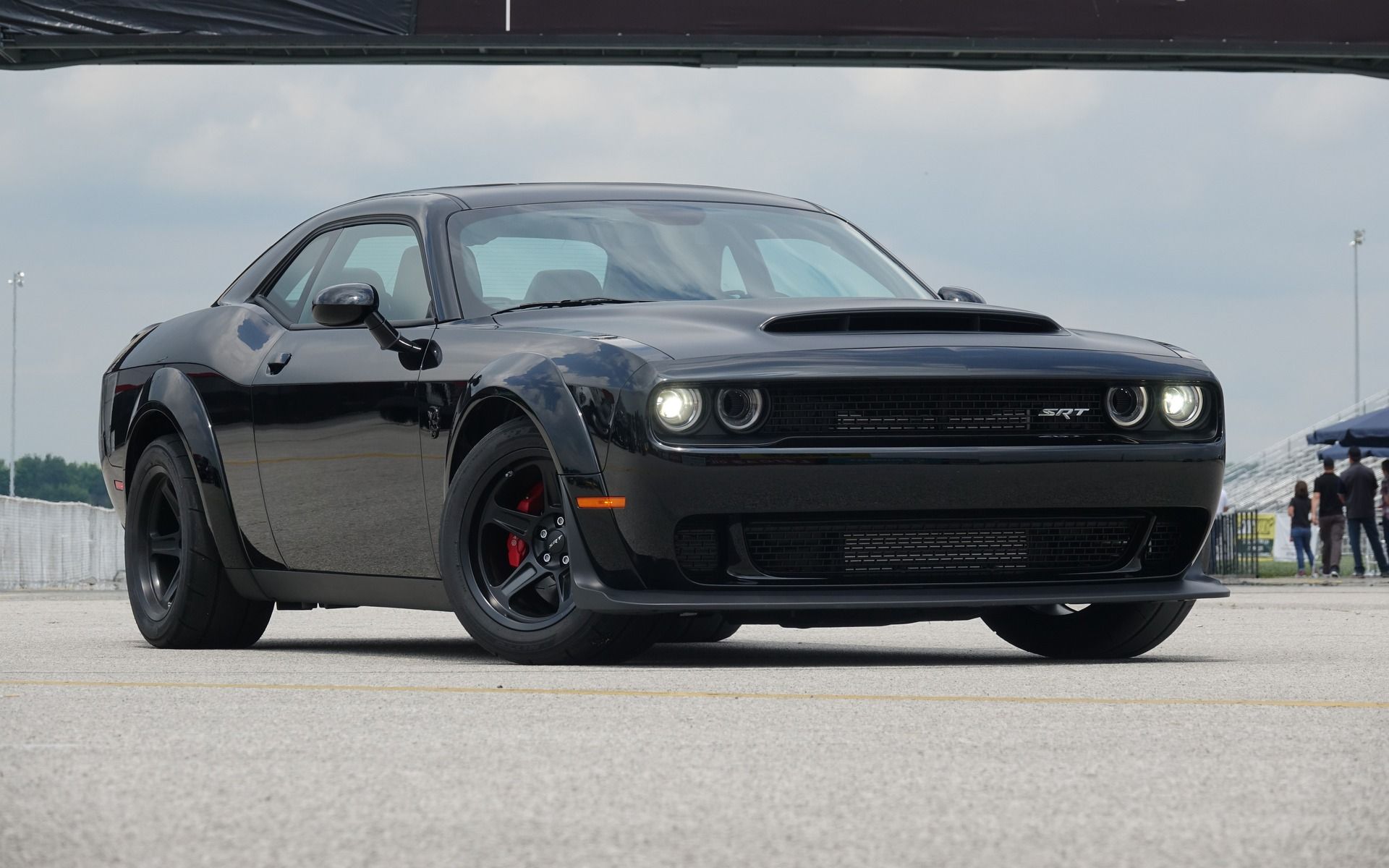U.S. sales of new American muscle cars have dropped in recent years, raising questions among car manufacturers about the future of a 1950s nostalgic, high-horsepower cruising culture.
Part the reduced sales can be attributed to the shift from cars to SUVs that began more than a decade ago, however, there are demographic factors that contribute to the decline as well. Many muscle cars are purchased by baby boomers, a generation that is getting older.
Purists argue that to be called a muscle car, a vehicle must be a mid-size sedan or coupe (in some cases station wagon) that houses a massive V8 engine; a valid definition in the previous century.
However, a modern muscle car has emerged based more on pure power than engine capacity and overall vehicle performance more than physical dimensions like the wheelbase or number of doors. New muscle car criteria permit a different type of vehicle to be included in the classification, like the Tesla Model S. While the Tesla lacks the massive V8 engine of a traditional muscle car, its performance is far superior to the 1950s versions.
Detroit muscle cars have always been fast in a straight line from a standing start (relative to other car models of the era), but they performed poorly in cornering and stopping. Modern muscle cars not only accelerate at astounding rates, but they also handle like sports cars.
What is the future of muscle cars? The following are 25 rumors about the future of muscle cars that may indicate the direction of the industry.
25 Barracuda Will Return Under the Dodge Name in 2020
In 2017, Fiat Chrysler Automobiles filed for a trademark on the “Cuda” muscle car name, just two years after trademarking the name “Barracuda,” with the U.S. Patent and Trademark Office. Rumors circulated that the new “Cuda” would be brought back under the Dodge name (formerly Plymouth).
Cuda was the abbreviation of a compact sporty car the Plymouth Barracuda, launched in 1964, shortly before the debut of Ford's Mustang. While the car generated a loyal following, the Barracuda’s cumbersome lines prevented it from achieving the popularity of the Mustang.
The new cars will use the same chassis as the Alfa Romeo Giulia making them much lighter than the mid-'90s Mercedes-Benz E-Class-derived Challenger platform luxury sedans. The new Barracuda will most likely be offered with four-cylinder engines and a turbocharged V6.
24 Rumors of a Four-door Ford Mustang sedan
Early in 2018, Ford announced the impending removal of all passenger cars from its lineup, except for the Mustang. Rumors are circulating that the only remaining two-door coupe will also be offered in a four-door sedan. Ford’s improvement plans for the pony car are designed to compete with the Porsche Panamera and the Audi A7.
According to Motor1, the standard V8 will most likely remain, but perhaps with the addition of turbocharging, like those found in the EcoBoost engines. Most likely, a twin-turbo setup will be implemented on the 5.0L engines.
This rendering from X-Tomi Design shows what Ford may be trying to achieve. Using the 2018 Ford Mustang fascia, the hardtop appears to have been extended along with the wheelbase and rear roof slopes down into the typical trunk.
23 Chevrolet Tests Two New Camaro Hybrids
According to MotorAuthority, Chevrolet is testing two future hybrid powertrains for the Camaro. Part of their study included a survey of current Camaro owners. Chevrolet explicitly asked which of the following engines owners would choose in a Camaro: an inline-4 2.0-liter turbocharged engine producing 365 hp, a combined 30 mpg, and 0-60 mph in 4.4 seconds or a 6.2-liter hybrid V-8 engine generating 545 hp, combined 24 mpg, and 0-60 mph in 3.7 seconds.
The price premium for the hybrid engines would be $4,000 for the 2.0-liter turbo-4 hybrid and $8,000 for the hybrid V-8 engine. Both hybrids would result in more power and better fuel economy than current powertrains.
22 Sixth-Generation Chevrolet Camaro Z/28 Rumors
Rumors abound for the 2020 Camaro and beyond, and according to GMAuthority, some predictions are more feasible than others.
The revised Sixth-Gen Camaro Z/28 will offer a DOHC V8 engine. The engine that is currently being developed under the Cadillac CT6 DOHC V8 engine program is expected to trickle down to other models.
Rumors predict the Sixth-Gen Camaro Z/28 will produce over 700 horsepower. GMAuthority says it is not likely unless the Z/28 uses forced induction, which has been reserved for the ZL1 1LE that boasts a 6.2-liter supercharged V8 producing 650 horsepower and 650 pound-feet of torque.
A mid-generation refresh is likely based on recent spy photos that show a highly camouflaged vehicle resembling a sixth-generation Camaro.
21 Chevrolet Camaro SUV for 2020
Experts predict a new Camaro will be christened the Z28 SUV, feature all the racing pedigree of the coupe, and offer some new off-road terrain qualities. The SUV body style will be an aggressive with a low profile yet sporty appearance, most likely a beefy hatchback with the thin, sculpted lines of a sports car.
Typical SUV ground clearance will be achieved with 21-inch wheels providing ample space between the car’s skidplate and the ground below. Some believe the car will come with the capability to adjust the vehicle’s traction, differential and power delivery.
The SUV Z/28 will feature a 6.2-liter V8 engine producing more than 650 horsepower with the capability to sprint around the legendary Nurburgring Nordschleife in under 8 seconds.
20 2020 Ford Mustang Shelby GT500 Tests
Spy photos taken by Car and Driver provide evidence of a body style for the future Shelby GT500 that includes a hood bulge featuring high-capacity heat-extraction louvers. New aerodynamic features may consist of a secondary side sill that extends about a foot behind the front wheels and a new rear diffuser in between the massive quad exhaust tips. The aggressively flared front fenders will carry a leading edge that frames the front fascia and integrate well with the rest of the car’s body.
Rumors that the GT500 will offer a 5.2-liter V-8 engine with a conventional 90-degree crankshaft and a Roots supercharger between its cylinder heads, like the Hellcat and the ZL1 are closer to reality. Code-named Predator, the overfed mill will crank out more than 700 horsepower, making it the most potent roadworthy automobile Ford has ever produced.
19 Chevy Future High-performance Electric Car
Although Chevrolet told dealers as early as 2017 that a performance-electric car is in the works, very little additional information has followed. However, a few dealers have seen a prototype that looks very much like a crossover. Motor1 predicts the new performance-electric car will be designed to compete with a new Ford Mustang SUV.
Most likely the new Camaro electric crossover will not have four doors like the Mustang, but of course, it will feature the standard solid grille found on most electric vehicles.
Like the Mustang, the Camaro will also offer both electrification and hybrid powertrains. Although not confirmed, the Chevrolet market approach may take an iconic nameplate and put it on a crossover in hopes of selling a vehicle to former Camaro owners with a family. Crossovers are selling, so the strategy seems appropriate.
18 Ford's Mustang-Based Electric SUV Might Look Like This
Ford has already confirmed that it is working on an electric SUV that uses a Mustang exterior design, but it won’t be called the Mach 1. Ford tested the nameplate with the public, and the negative reaction convinced them to give the vehicle a different name.
The wheelbase of this prototype would suggest a vehicle somewhere between a compact and mid-size crossover. The economy-minded tires and the braking system design are typical of an electric vehicle. The humorous addition of the “Diesel Fuel Only” sticker and fake exhaust tip shown on this photo are not enough to disguise the rear axle-mounted electric motor.
It’s unknown if the SUV will be front-, rear-, or all-wheel drive, however, the next-generation electric drivetrain will most certainly allow the electric crossover to travel 300 miles on a full charge.
17 Dodge Challenger Unchanged Until 2021
Fans of the current Challenger will be happy to know that Dodge is reportedly keeping the model in production until at least 2021.
Introduced in 2008, the current model Challenger will be in production for more than twice as long as the original car produced from 1970 to 1974.
When both Challenger and the Charger are redesigned for 2021, they will utilize the new, rear-wheel-drive Alfa Romeo Giulia platform. The design and components of the Alfa platform are significantly stiffer than the current Challenger, which could permit Dodge to build a convertible Challenger. Bearing a Barracuda nameplate, the convertible that has been anticipated for several years may finally arrive.
16 Future Dodge Charger Promises Few Changes
Strong Charger sales up to and including 2016 are the reason Dodge has continued to produce the car without any significant upgrades. However, a much-needed update to the four-door Charger sedan will most likely arrive in 2021.
While the Challenger line has been recently bolstered by the all-new Hellcat Redeye, the Charger remains unchanged in that department as well. The number of Charger trim levels offered has actually been reduced from previous year options.
Although the muscle car’s sales are still strong, a 10 percent decline in 2017 and a similar reduction in 2018 indicate an upgrade may be overdue.
15 2020 Ford Mustang Mach 1 Hybrid Rumors
Ford started rumors of a future Mustang hybrid when it included a teaser inside a promotional video that the automaker released in October 2018. Supporting the rumors is the debut of the new Lincoln Aviator Grand Touring equipped with a hybrid powertrain that produces 450 hp and 600 lb.-ft. of torque.
FordAuthority.com says “the electrified powertrain consists of a 3.0-liter twin-turbocharged V6 engine paired with a 10-speed automatic transmission. The single electric motor is mounted within the 10-speed automatic transmission, stuffed just ahead of the torque converter, providing electric drive and regenerative braking. This new hybrid system allows Ford to use different sized motors for different applications, so it seems as though this hybrid system is destined to appear in other vehicles.”
The same setup could appear in the forthcoming Mustang hybrid, predicted for 2021 or beyond.
14 The Dodge Challenger SRT Hellcat Redeye Has A Future
While the Dodge Challenger and Charger are destined to remain constant through the 2020 model year, FCA has chosen to introduce special-edition models and new trims. The Demon in 2018 and Hellcat Redeye in 2019 are a result, but it is still uncertain if Dodge will continue the strategy into 2020 with another new edition of the famous Challenger.
Very little information has come from Dodge regarding the Hellcat. However, the prices are predicted to remain stable. The 2019 Dodge Challenger SRT Hellcat Redeye producing up to 797 horsepower starts at $71,350.
If gas-powered cars finally come to an end in the U.S., most likely the very last one to roll off the line will be a Dodge, and it may be a Hellcat Redeye.
13 Next Generation Dodge Viper Rumors
Rumors about a new Dodge Viper have been swirling since the iconic Mopar was discontinued in 2017. The next generation may arrive as early as 2020.
While most the car’s features and overall shape will remain unchanged with underpinnings similar to its predecessor, the new Dodge Viper should be significantly lighter. Carbon fiber and aluminum will be used extensively.
However, the next-gen Viper will no longer boast the hallmark V10 and instead, it will be powered by an all-new aluminum-block naturally aspirated V8. The base engine generating nearly 550 horsepower should provide enough to keep the Viper competitive with modern competitors.
For future versions, the SRT division is expected to bolster the Viper powertrain with forced induction giving the high-performance models more than 700 horsepower.
12 Mid-Engined Corvette coming in 2020?
Carthrottle.com states that the Corvette Z06 is not a “Muscle Car” because “The car is too technologically advanced: This may seem a bit stupid. But a muscle car must be a lump of steel, with simple technology and a big engine.”
However, a muscle car is defined by the Merriam-Webster dictionary as "any of a group of American-made 2-door sports cars with powerful engines designed for high-performance driving."
The Carthrottle.com definition applies to classic muscle cars, but for this list, we use the dictionary definition.
To date, no official announcement has been made, but the Corvette enthusiasts at the Mid-Engine Corvette Forum claim the 2020 Corvette Stingray coupe and convertible carry internal model codes that indicate the new “Vette” will arrive next year, and it may be a mid-engine model.
11 The Unique Corvette Hatch Design
Most spy shots of the unconfirmed upcoming mid-engine Corvette reveal a unique mesh cover over the center of the rear hatch. A recently uncovered GM patent application helps explain its purpose. Titled “Venting Module for Vehicle Compartment Cover Assembly,” drawings show a center piece for the rear hatch of a vehicle and describes it as a “vented engine hood assembly for motor vehicles with a rear-engine or a mid-engine layout.“
The application describes the hatch cover as a perforated glass module surrounded by a carrier frame that allows the engine to vent. The description explains why the prototypes have left that area completely open or with a mesh cover, preventing the engine from overheating.
The question is no longer: will the mid-engine Corvette will be produced, but when will it arrive?
10 Mopar Announces “Hellephant" 426 Supercharged Crate HEMI Engine
At a press briefing during the October 2018 SEMA Show in Las Vegas, Mopar announced their new "Hellephant" 426 Supercharged Crate HEMI engine and kit.
Mopar Dodge Challenger Drag Pak race vehicles used the all-aluminum block engine to dominate the NHRA Factory Stock Showdown class in 2018. The light-weight engine generates over 1,000 horsepower and produces 950 lb.-ft. of torque. With 4.0 inches of stroke and bore specs at 4.125 inches, it includes an improved supercharger with a high-efficiency rotor.
The new engine assembly and kit was configured for installation on pre-1976 street and off-road vehicles in close collaboration with Mopar and SRT engineers from the motorsports world.
9 Ford Mustang Shelby GT350 Feature Rumors
For the 2019 Shelby GT350, Ford implemented a host of upgrades including chassis refinements and aerodynamic improvements.
When first introduced in 2016, the GT350 was touted as the "best handling Mustang of all time.” Brembo-sourced brakes, magnetic ride control, and stiffer chassis bracing helped support Ford’s quest for the best. For 2019, Ford further refined these key attributes of the GT350, drawing on experience from its Mustang road course racing programs.
The 2019 Shelby GT350 keeps the same 2016 version of the 5.2-liter flat-plane crank V-8 that generates 526 hp and 429 lb.-ft. of torque. Motor Trend recorded a 0-60 acceleration time of 4.1 seconds.
It is still unknown if Ford will phase out the GT350 with the arrival of the GT500 or offer it at a lower price point.
8 Tesla Model S the Future of American Muscle Cars?
How can the Tesla Model S be classified as an American muscle car without a huge V8 under the hood?
Aaron Miller, Cars editor for Thrillist, says, “Dislike the electric motors if you must, but I call it automotive evolution. I don't hear too many people complaining that the Porsche 918 isn't a real supercar because it uses electric motors on the front wheels…The Tesla uses electric motors for propulsion. So, what? At the end of the day, what converts an ordinary family car fit for a salesman into a muscle car is the ability to warp physics with whiplash-inducing levels of acceleration. I don't think anyone's arguing that the Tesla Model S is lacking in that department.”
It's time to admit that the Tesla Model S is part of a new era for American muscle.
7 Tesla Model S Convertible Muscle Car
While the popularity of convertibles has waned in recent years, there still seems to be a segment of the buying public that yearns for the topless version of a performance vehicle.
Ares Design, based in Modena, Italy, has plans to address the demand with a convertible in the development stage alongside Ares' Model S shooting brake project.
Following in the shooting brake's footsteps, the Cabrio should be significantly more luxurious inside. The company said extensive use of leather on the interior will result in a cabin suitable for a luxury electric car.
The Ares' design transforms the Tesla into a proper 2-door, as opposed to previous Model S convertible conversions that retained the standard car's four doors. The shooting brake version is expected to range from $250,000 to $310,000.
6 No Future for the Challenger SRT Demon?
While Challenger SRT Demon enthusiasts hoped it wasn’t true, Dodge produced only 3,300 of the muscle cars for the 2018 model year only. Despite a few whispers from some dealership sources, the news was confirmed again by Allpar.com: Dodge still has no plans for a 2019 Demon nor does it have plans for 2020 and beyond.
However, there are rumors that Dodge is developing another powerful Hellcat using the Demon’s supercharged V8 engine. It’s also possible the 2019 or 2020 Challenger Hellcat could benefit from the Demon’s Torque Reserve system and the intercooler chiller system. The Hellcat wouldn’t be so drag race-focused but would benefit from some of the Demon’s high-performance components.

